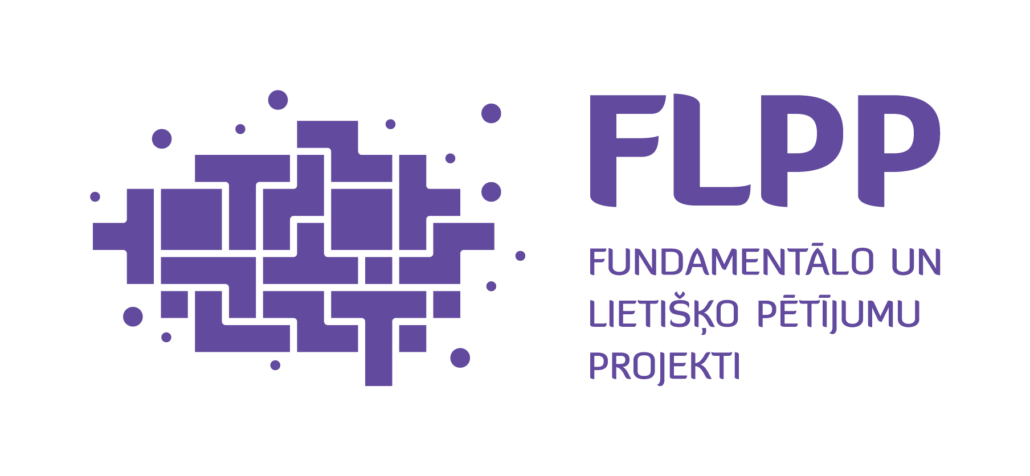Newly discovered hillforts in Latvia 2018-2021: cultural-historical significance
 |
PROJECT DESCRIPTION
Project leader: Dr. hist., Dr. habil. art. Juris Tālivaldis Urtāns
Project No: Nr. lzp-2020/2-0078
Project implementation: 1.10.2020.-30.09.2022.
Project funding: 100 389 EUR
Funded by: Latvian Council of Science
Contacts: Ieva Vītola, vitola.ieva@gmail.com
The project “Newly discovered hillforts in Latvia 2018-2021: cultural-historical significance” (Nr. lzp-2020/2-0078) is funded by the Latvian Council of Science.
Summary
Hillforts are visually the most important type of Latvia’s archaeological monuments, having not only key scientific importance as objects of archaeological research, but also significance in cultural-historical landscape, in formation of local identity and national self-assurance, its development and strengthening, creating modern tourism products.
In 2018–2020, and supposedly, also in 2021, due to public availability of LIDAR data, explosion-like discovering of new hillforts took place and is still going on, especially in E part of Latvia. At the present moment approximately 40 hillforts have been verified as newly discovered.
The goal of the Project, continuing and intensifying field studies and processing and summarising the obtained data, is to include these new discoveries in cultural environment circulation of Latvia and the Baltic region as soon as possible. In order to do this, it has been intended to carry out inspection of the newly discovered hillforts and to aggregate information concerning the newly discovered hillforts in a scientific publication – monograph, ensuring extensive and diverse use of this material. At the same time it has been intended to investigate, publishing at least one article, place of the newly discovered hillforts and their impact in common understanding of Latvia’s history, to define perception of the newly discovered hillforts in local communities. It has also been intended to prepare documents for official potential including the newly discovered hillforts into the list of State protected cultural monuments.
The goal and the objectives of the project
In order to reach the aim, two closely interrelated trends of feasible tasks are developed:
1. Archaeological landscape trend;
2. Folklore and cultural sociological trend.
In order to reach the aim, two following cumulative objectives have been brought forward:
- To get ready for field research of both trends – to look through LIDAR and cartographic information databases, to prospect recorded folklore evidence and information concerning vicinity of the newly discovered hillforts in cultural-historical context, to develop content of qualitative interview, to define target groups of the research;
- To carry out field research – inspection of at least 20 archaeological sites in situ, sociological field work in the vicinity of hillforts in Eastern Vidzeme, Northern Latgale, Southern Latgale and Augšzeme: recording of folklore evidence (toponyms, stories of the place), ethnographic observations and in-depth interviews concerning perception of new discoveries and importance in the society;
- To prepare and publish summarization of at least 40 newly discovered hillforts in a monograph and at least one scientific cultural sociological article on the process of discovering hillforts and the impact of newly discovered hillforts on society and development of the identity of place;
- To pass knowledge to society concerning the newly discovered hillforts – to take part in international scientific conferences with at least four reports, to publish at least five popular science articles on the course of the research and the project, to prepare a public lecture on the discoveries to local community, to develop proposals for including the newly discovered hillforts into the list of State protected cultural monuments.
PROJECT TEAM
Juris Tālivaldis Urtāns (Project Leader, lead project participant)
Ieva Vītola (Project participant)
Rūta Muktupāvela (Project participant)
Jānis Meinerts (Student project participant)
Lolita Ozoliņa (Student project participant)
Lote Katrīna Cērpa (Student project participant)
Main activities of the project
WP1 Archaeological landscape trend
Trend leader Dr. hist., Dr. habil. art. Juris Tālivaldis Urtāns.
1. Preparation stage
Looking through LIDAR database, inquiry of interested persons and informants and gathering information, verification of context (nearest ancient sites, previous information etc.). Organising field research (communication with informants, maps, planning of routes etc.).
2. Field research
Doing field research – inspection of newly discovered hillfort sites, +/- 20 sites).
3. Summarising results
Summarising results of field and other research, preparing monograph, preparing information for including hillforts into the list of State protected cultural monuments.
WP2 Folklore and cultural sociological trend
Trend leader Dr. art. Ieva Vītola.
1. Preparation stage
Investigation of context information of the newly discovered hillforts – publications, materials of the Archives of Latvian Folklore, previous studies etc.; developing of field research methods and preparing content of qualitative interview, defining target groups Organising field research (communication with respondents, planning of routes etc.).
2. Field research
Carrying out field research – recording oral evidence, in-depth interviews at homes of people in the vicinity of the newly discovered hillforts, in public centres.
3. Summarising results
Processing field research data, summarising results, preparing scientific joint publication.
WP3 Project publicity
Task leader Juris Urtāns un Ieva Vītola.
Presenting the results of the Project and research at conferences, popular science publications, events in local communities.
